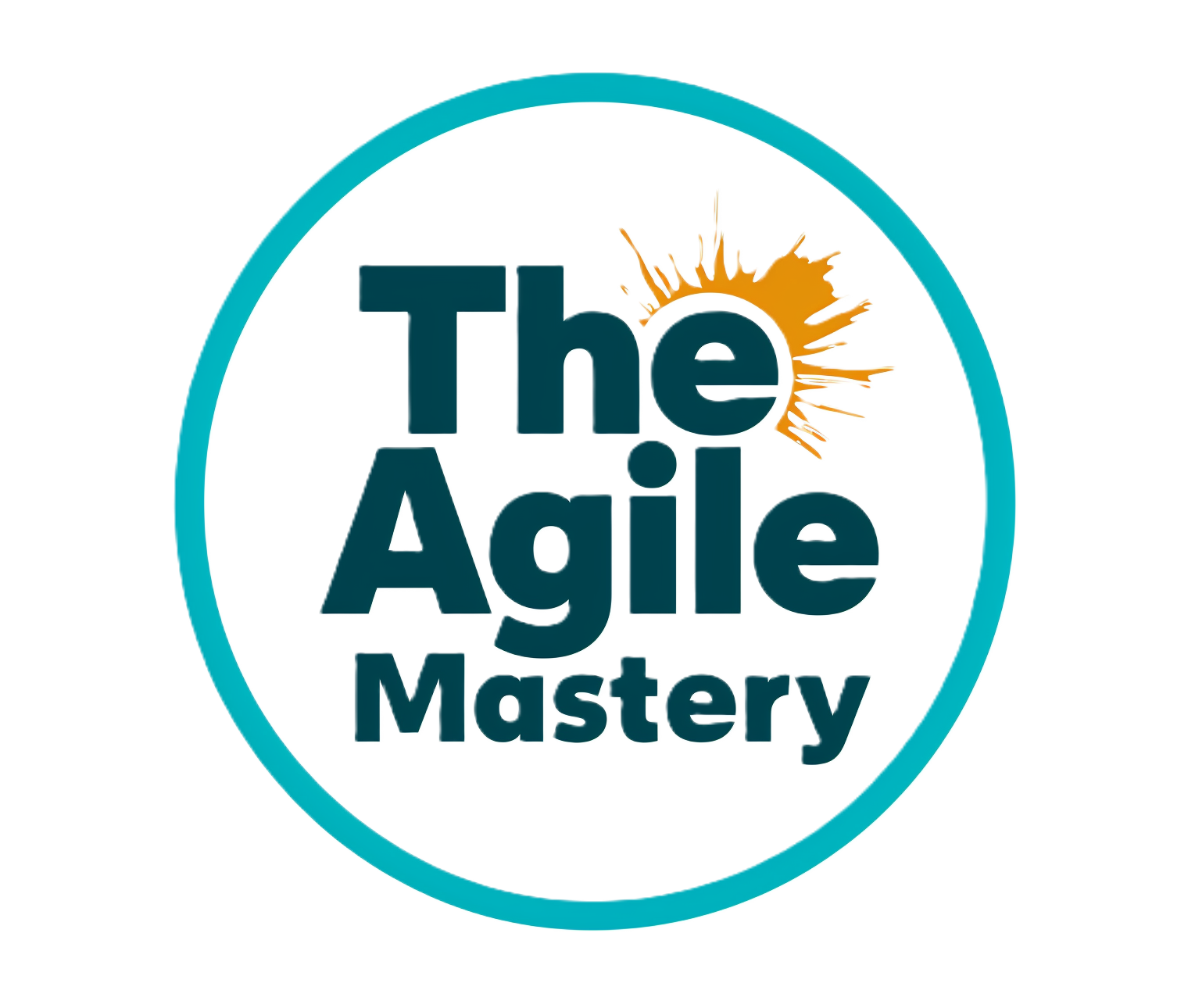In the realm of project management, two giants stand toe-to-toe, each with its own unique philosophy: Scrum vs Waterfall. Picture it as a clash of the titans, each vying for supremacy in the quest to deliver projects effectively. In this exciting article, we’ll journey through the key differences between Scrum and Waterfall, exploring their distinct approaches to value delivery, responsibilities, and impact on business success rates.
As the dust settles in this titanic tussle, it’s clear that both Scrum and Waterfall have their place in the arena of project management. Scrum’s agility and adaptability make it a heavyweight contender for modern, dynamic projects, while Waterfall’s structured approach suits industries where predictability and thorough planning are paramount.
Value Delivery:
Imagine a racetrack with sprints as checkpoints. Scrum sprints are short, focused bursts of work, enabling teams to deliver incremental value with every sprint. It’s like building a car while it’s already on the road – constant iteration. Waterfall: On the other hand, Waterfall is like constructing a skyscraper floor by floor. It’s a linear approach where each phase must be completed before moving on. While it ensures thorough planning, it can sometimes delay value delivery until the very end.
Responsibilities:
In the Scrum ring, we have a trio – Product Owner, Scrum Master, and Development Team. It’s a dance-off where the Product Owner orchestrates customer needs, the Scrum Master leads the choreography, and the Development Team brings the moves to life. Waterfall is the solitaire of project management. Responsibilities are structured, with roles like Project Managers, Architects, and Designers in different lanes. Each plays their part, but it’s less of a dance and more of a synchronized relay.
Waterfall environment
So where does the Waterfall excell at?
Well-Defined and Stable Requirements: Waterfall is most effective when the project’s requirements are well-understood and unlikely to change significantly during the project’s lifecycle. This is common in industries with strict regulatory requirements, such as aerospace or pharmaceuticals.
Small to Medium-sized Projects: Waterfall can be a good fit for smaller projects with limited scope, where the requirements can be clearly defined and the entire project can be planned in advance.
Complex and High-Risk Projects: In certain high-risk projects, such as building critical infrastructure or large-scale construction, the sequential and controlled nature of the waterfall approach can help manage risks effectively.
Client’s Preference: Some clients or stakeholders may have a strong preference for the waterfall model, and if meeting their expectations is a priority, it might make sense to use this approach.
Projects with Strict Documentation and Auditing Requirements: Waterfall is well-suited to projects that require extensive documentation, traceability, and auditing, as it mandates thorough documentation at each phase.
Limited Change Tolerance: In situations where the project team or stakeholders are not amenable to frequent changes or iterative development, a waterfall approach can be more suitable.
Mature Technology and Stable Environments: When working with mature technologies and in stable environments, where technology and market changes are infrequent, a waterfall approach can be practical.
Government and Public Sector Projects: Many government and public sector projects adhere to a waterfall methodology due to stringent regulations, budget constraints, and a need for predictability.
Fixed-Price Contracts: In projects with fixed-price contracts, where costs need to be well-defined upfront, the predictability and rigor of the waterfall model can be advantageous.
Training and Educational Projects: In cases where the primary goal is to provide structured training or education, a waterfall approach can work well, ensuring that the content is developed in a systematic and organized manner.
Scrum environment
Software Development: Scrum is widely used in the software development industry due to its ability to accommodate changing requirements and the iterative nature of software development.
New Product Development: Whether it’s a physical product or a digital one, Scrum is effective for managing the development of new products, allowing teams to respond to customer feedback and market changes quickly.
Research and Development: Projects involving research, experimentation, and innovation benefit from Scrum’s flexibility, enabling teams to adjust their approach as they learn and discover new insights.
Marketing Campaigns: Agile marketing teams often use Scrum to plan and execute marketing campaigns, as it allows them to adapt to changing customer preferences and market dynamics.
Content Creation: Content production projects, like writing, graphic design, or video production, can leverage Scrum for managing creative tasks and responding to audience feedback.
E-commerce and Online Retail: Scrum is well-suited for managing projects related to e-commerce websites and online retail platforms, where continuous improvements and feature enhancements are crucial for staying competitive.
Cross-functional Projects: Scrum is effective when multiple disciplines and teams need to collaborate, as it provides a framework for managing dependencies and ensuring alignment among various stakeholders.
Mobile App Development: Given the fast-paced nature of the mobile app market, Scrum is an ideal choice for mobile app development projects, allowing for rapid updates and feature enhancements.
IT Operations and Support: IT support and operations teams can use Scrum to manage their work, prioritize service requests, and improve the efficiency of IT processes.
Game Development: The gaming industry often employs Scrum to manage the development of video games, as it allows for frequent testing and iteration to create a better gaming experience.
Non-profit and Community Projects: Scrum can be applied to projects in the non-profit sector and community initiatives, helping teams to collaborate effectively and make iterative progress.
Cross-Platform Integration: Projects that involve integrating various systems, technologies, or platforms can benefit from Scrum’s adaptability and the ability to address unforeseen challenges as they arise.
Human Resources: Scrum is increasingly used in HR for managing recruitment, training, and performance management projects, where continuous feedback and improvement are important.
Event Planning: Event planners can use Scrum to manage the planning and execution of large events, adjusting schedules and logistics as needed to meet evolving requirements.

Scrum vs Waterfall
But in the end, there’s no one-size-fits-all solution. Like any epic battle, the choice between Scrum and Waterfall depends on the battlefield – your project’s unique needs and the industry it’s in. So, whether you’re rooting for the rapid sprints of Scrum or the steady cascade of Waterfall, remember that the best project management approach is the one that suits your project’s personality. And that, my friend, is where the real magic happens.
The Casino’s Odds Scrum. Scrum’s flexibility is like having a wildcard up your sleeve. Frequent feedback and adjustments mean that the odds of delivering what the customer really wants are stacked in your favor. The iterative process lets you adapt to changing needs. Waterfall: Waterfall is like a casino – you place your bets early, and if the dice don’t roll your way, it’s tough luck. With less room for change, projects might hit the jackpot or crumble like a house of cards. Its one step forward to The Agile Mastery

2 replies on “Scrum vs Waterfall – Clash of the Titans in Project Management”
[…] options! There is plenty to choose from, including the oldschool Waterfall methods (a comparison of Warterfall vs Scrum can be found in other article on our […]
[…] Agile development, clear and effective communication is paramount to ensure that all team members are aligned and […]